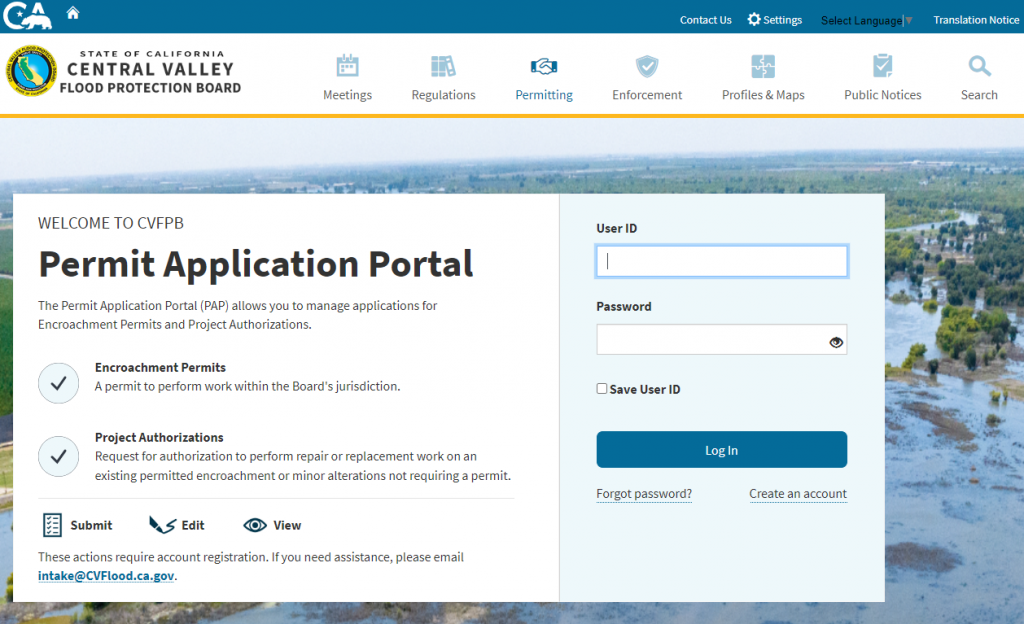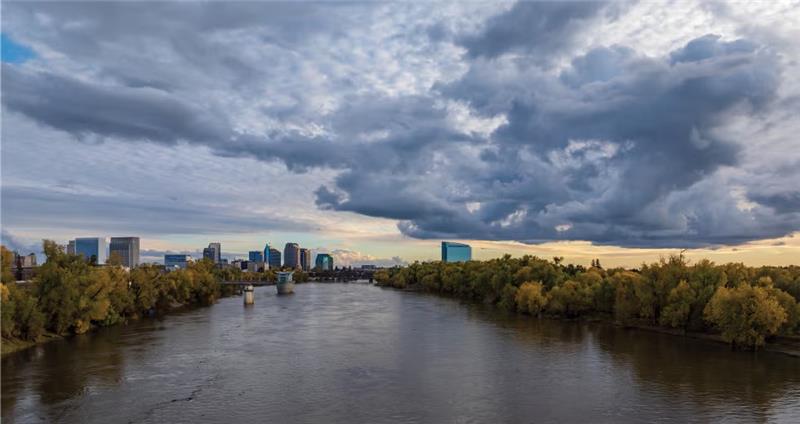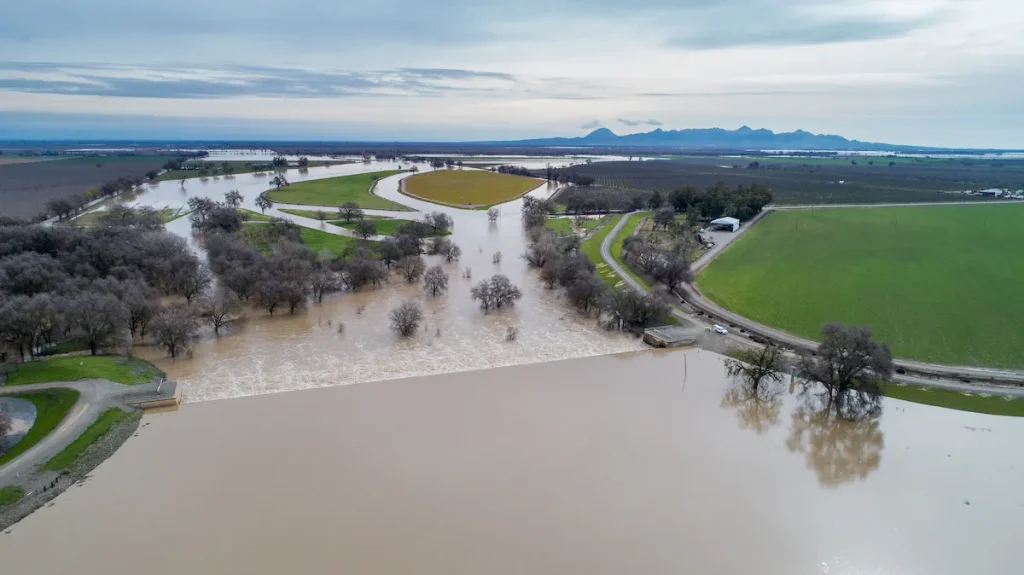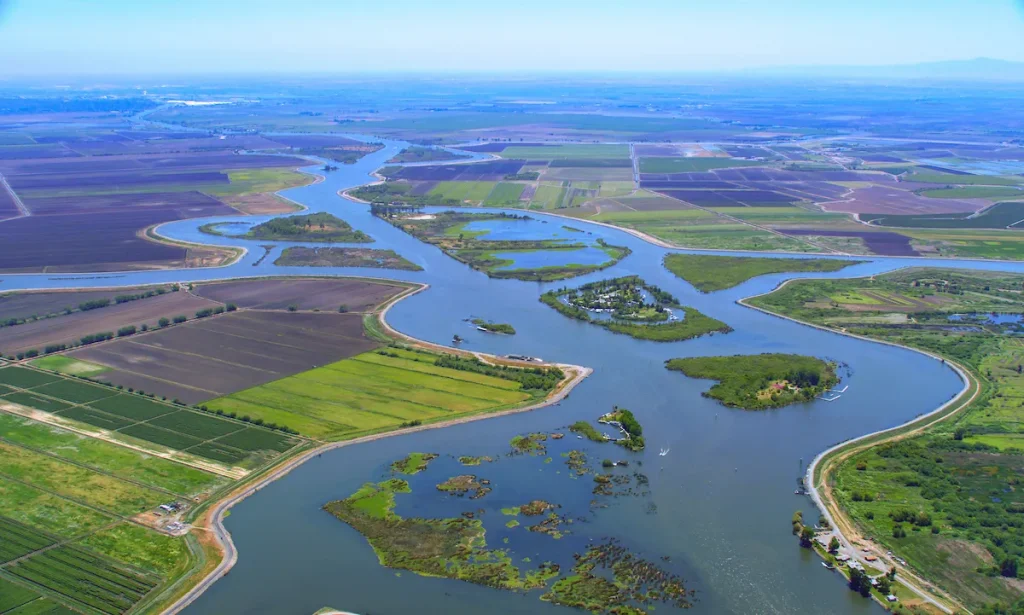Archives
DWR issues an official notification of validation action for Delta Conveyance Program bond financing
February 18, 2025
Category: Front Page News
GRIST: Traditional weather forecasting is slow and expensive. AI could help.
February 4, 2025
Category: Front Page News
SJV WATER: Kern groundwater agency bans pumping along sinking California Aqueduct
January 14, 2025
Category: Front Page News
DELTA SCIENCE PLAN update: Crafting solutions for the Delta’s ‘Grand Challenges’
January 9, 2025
Category: Front Page News











